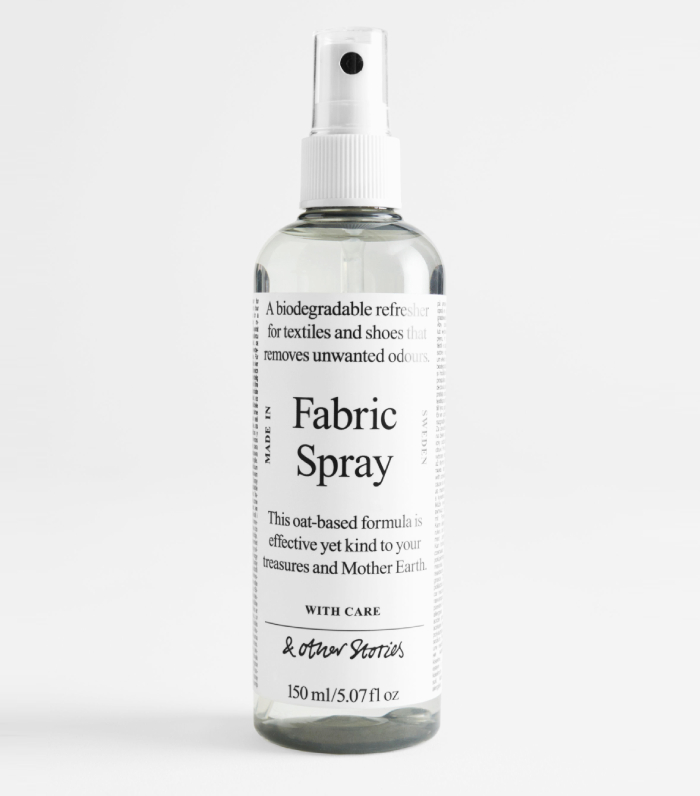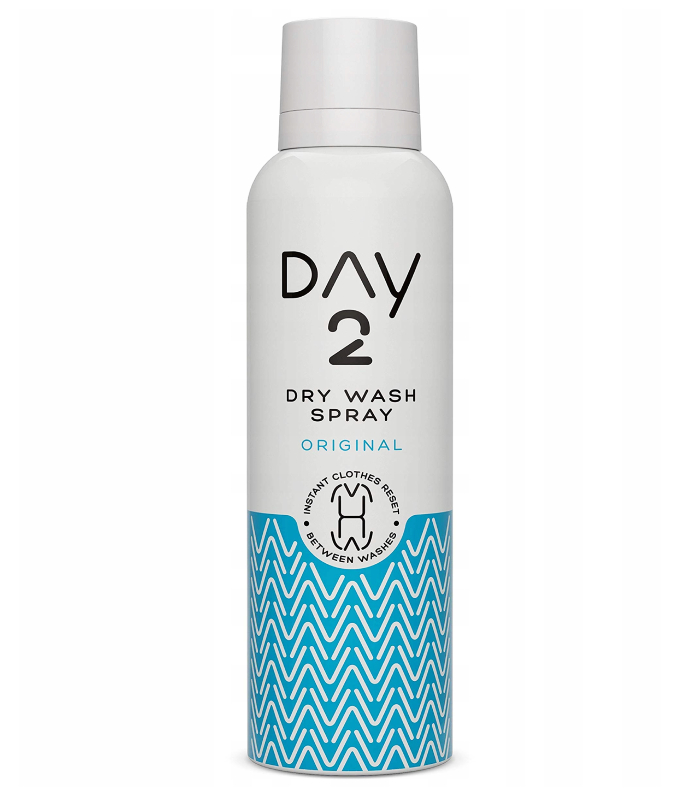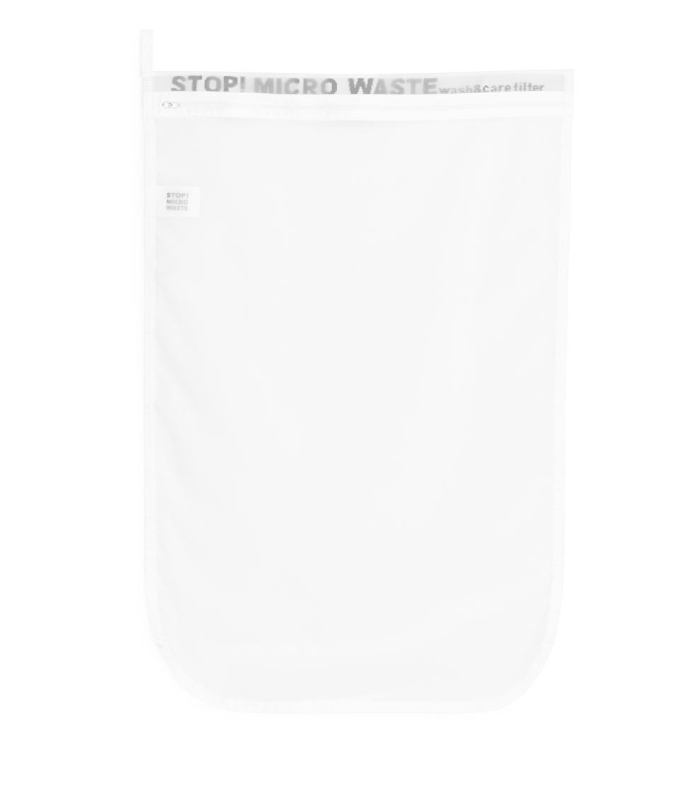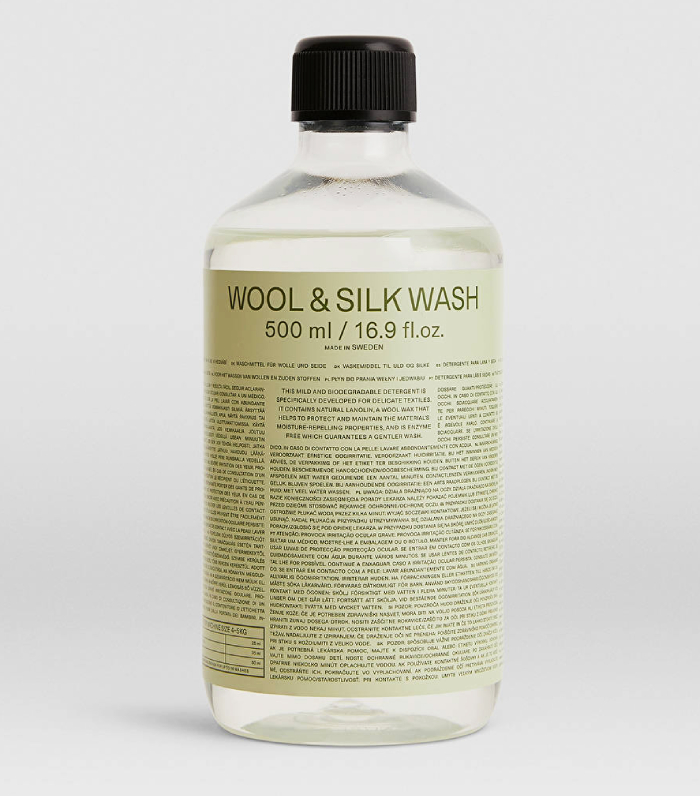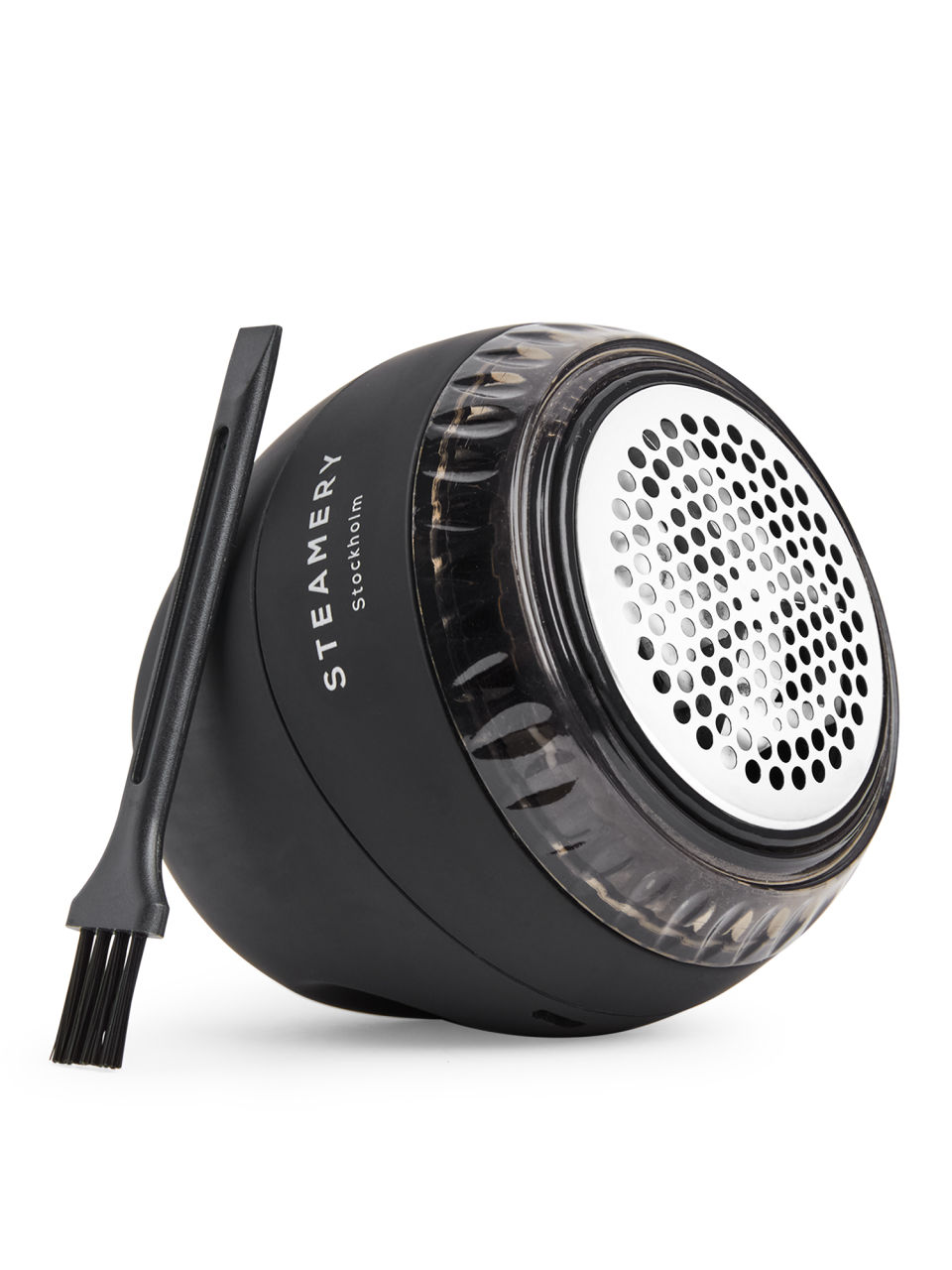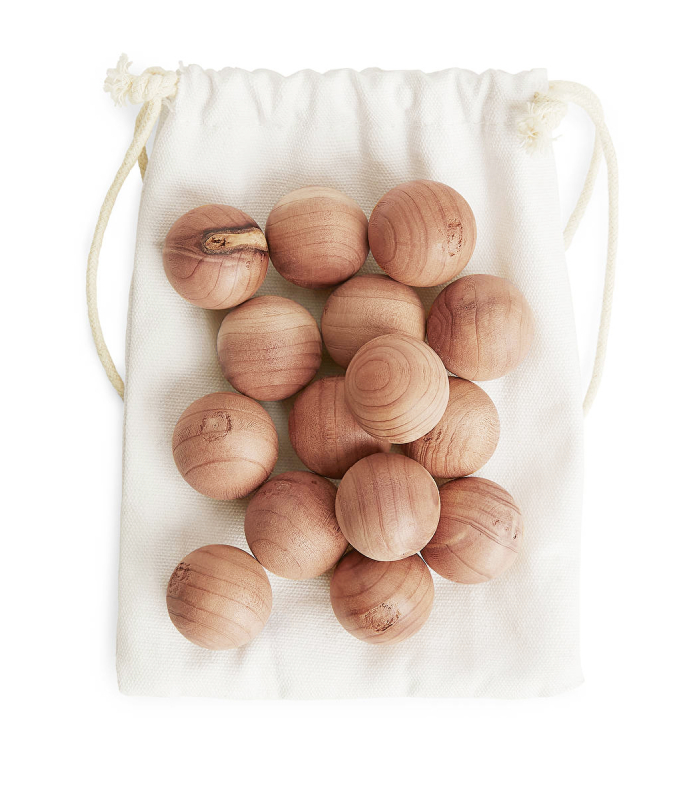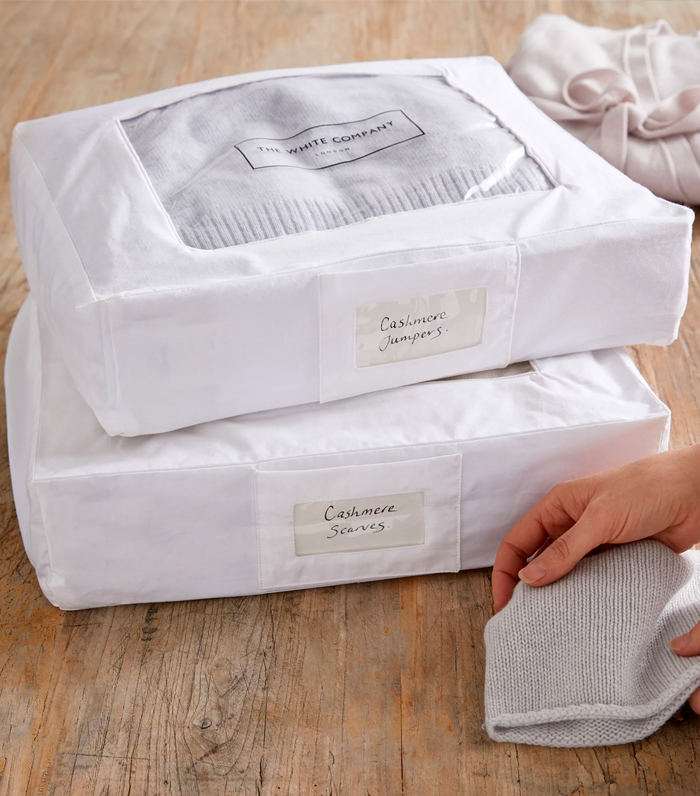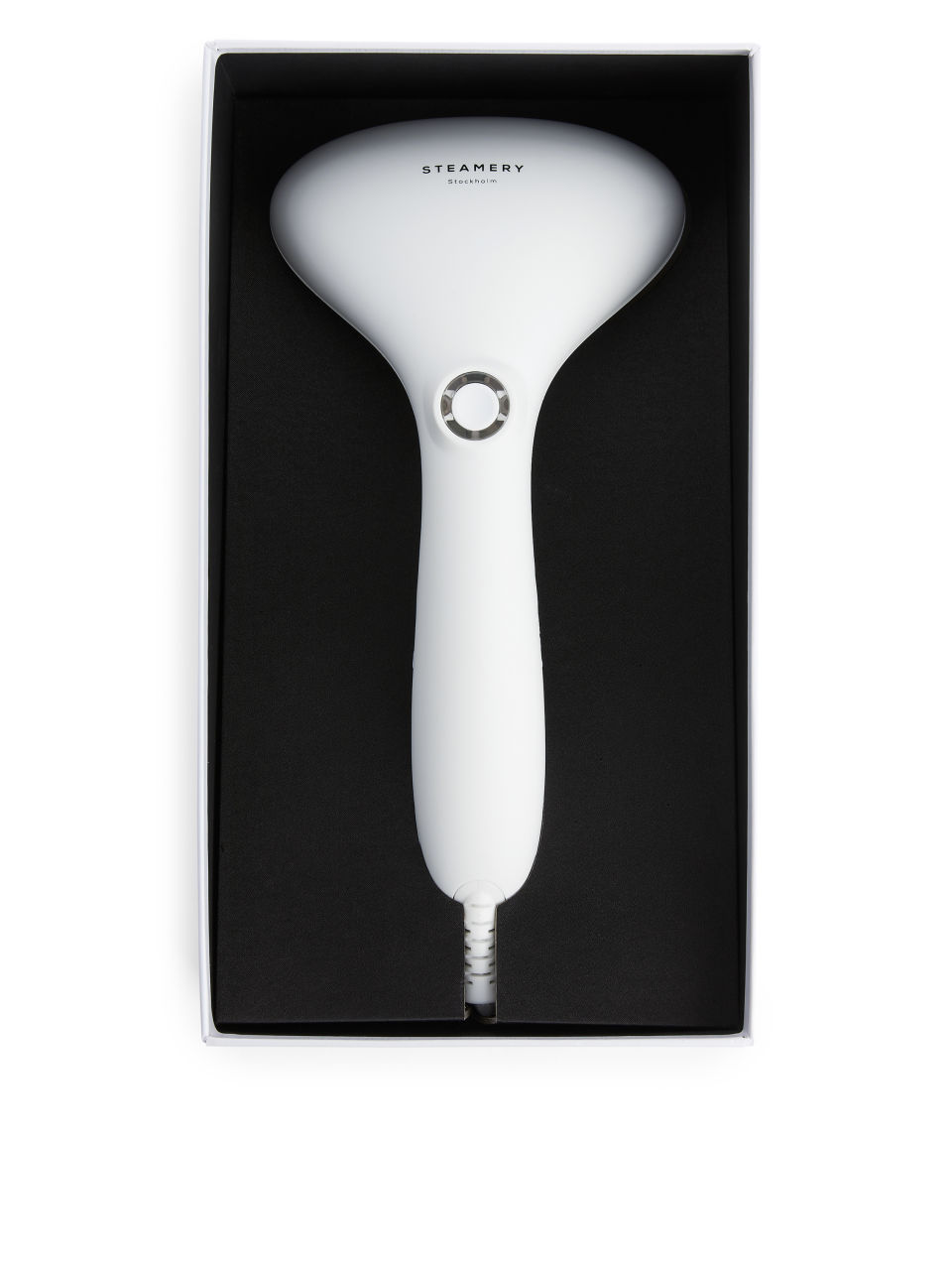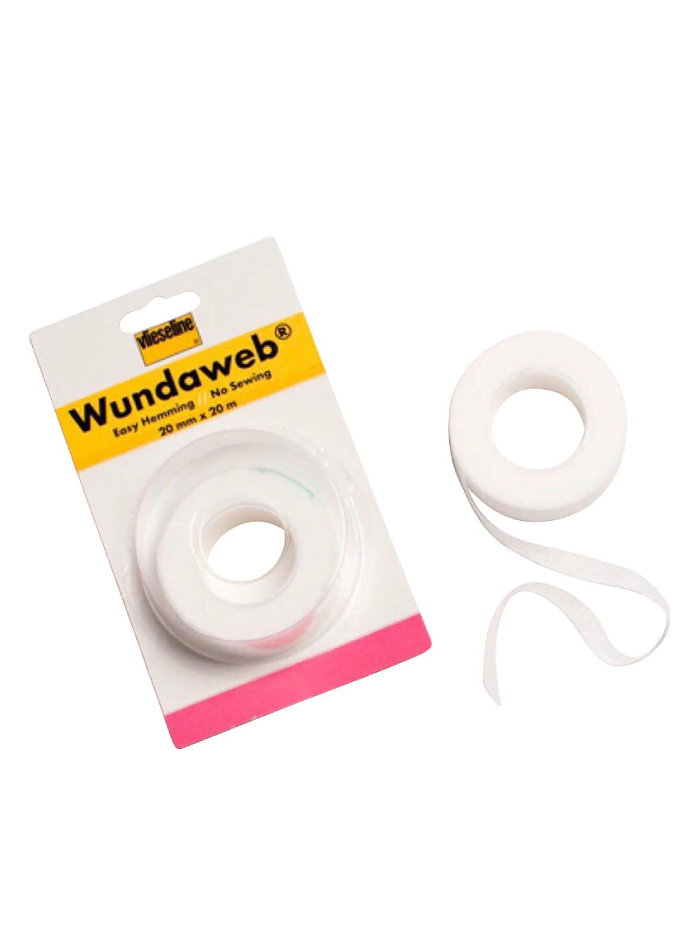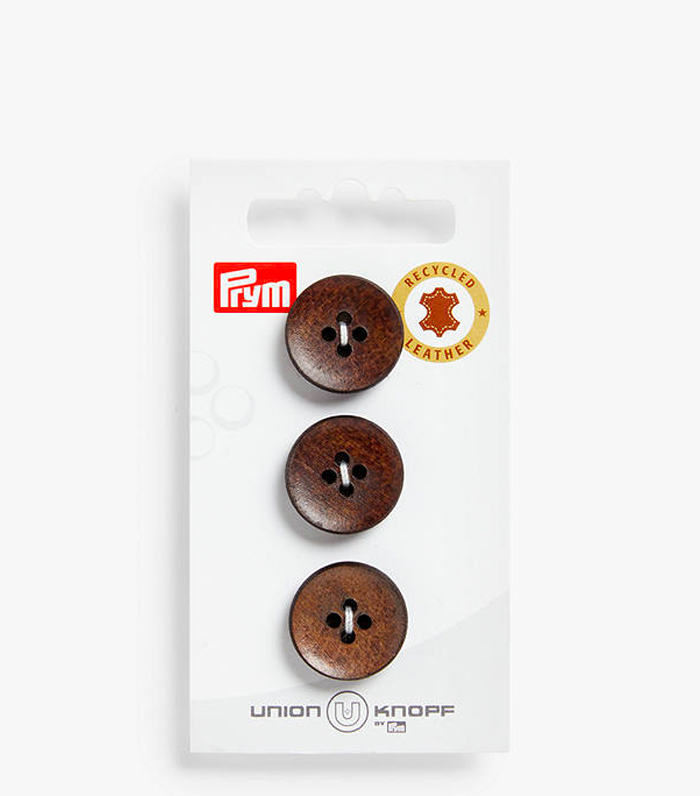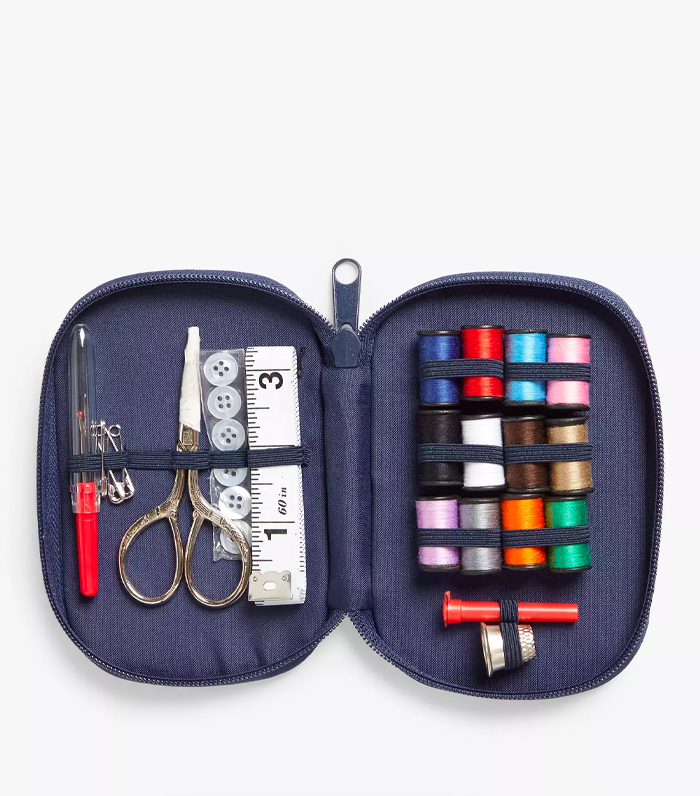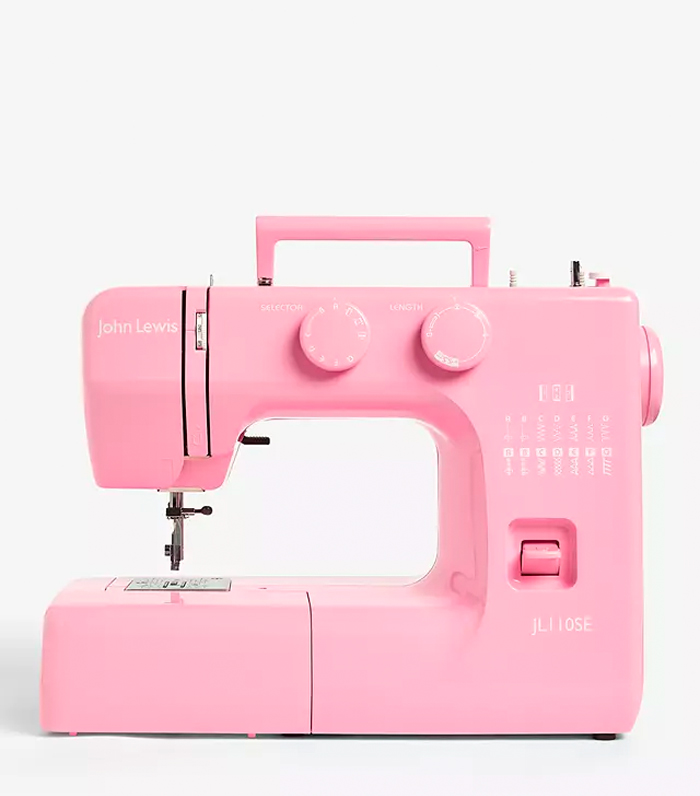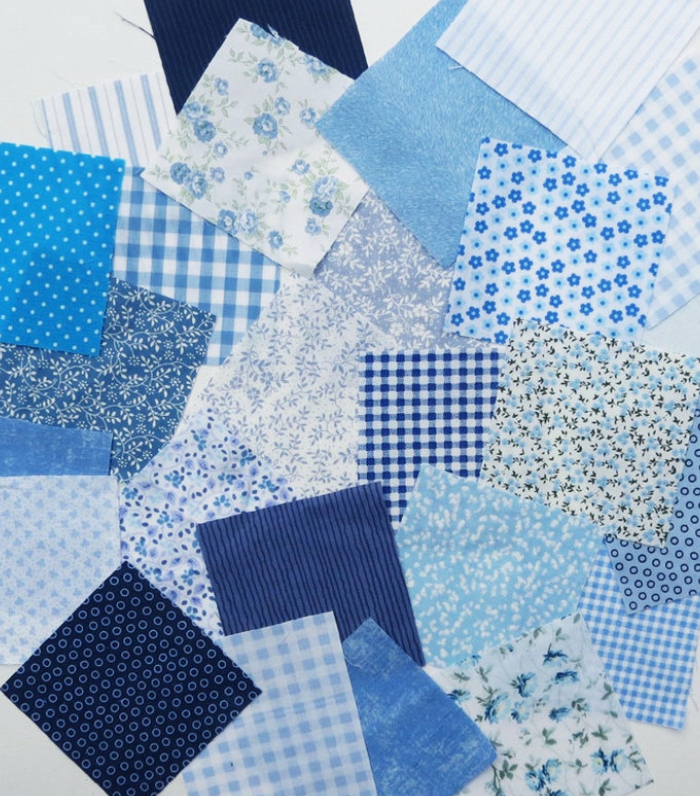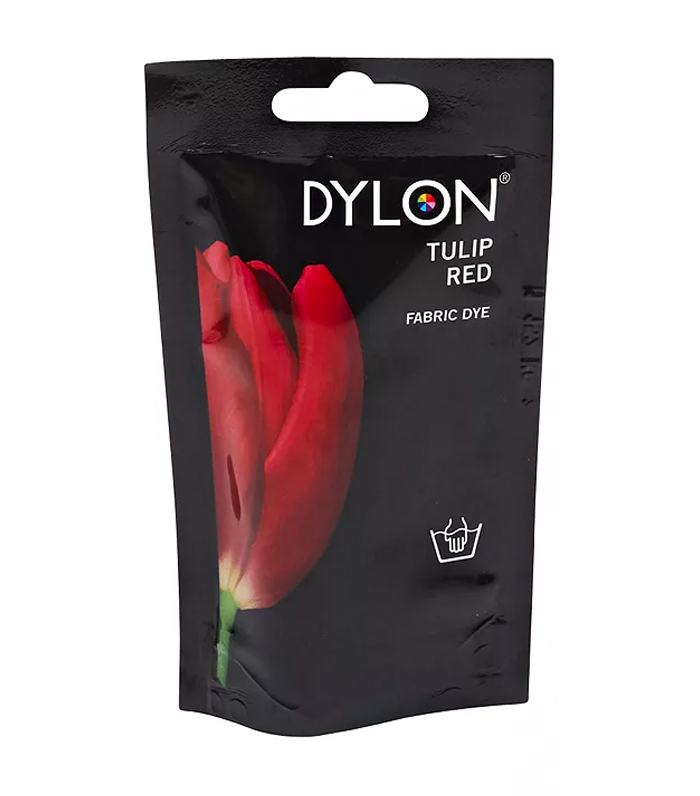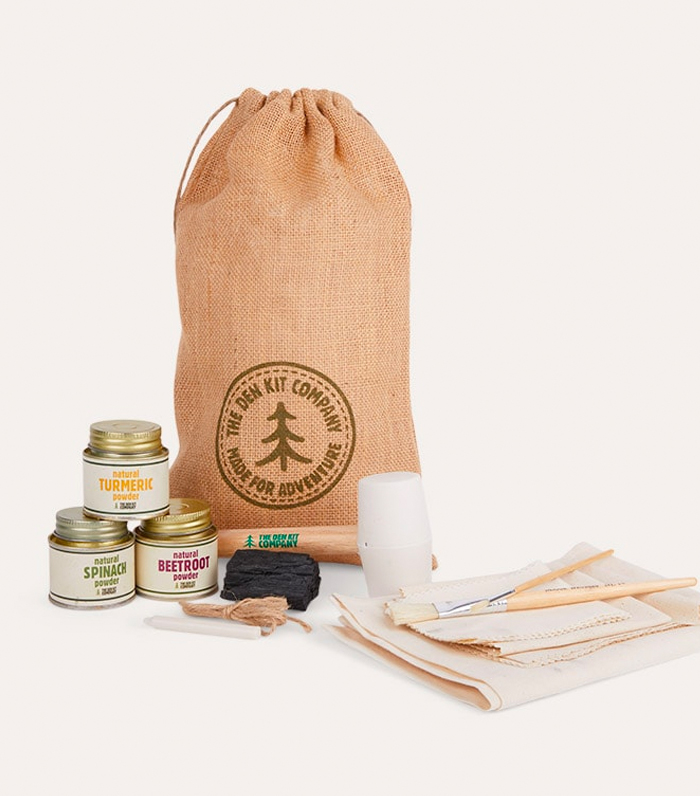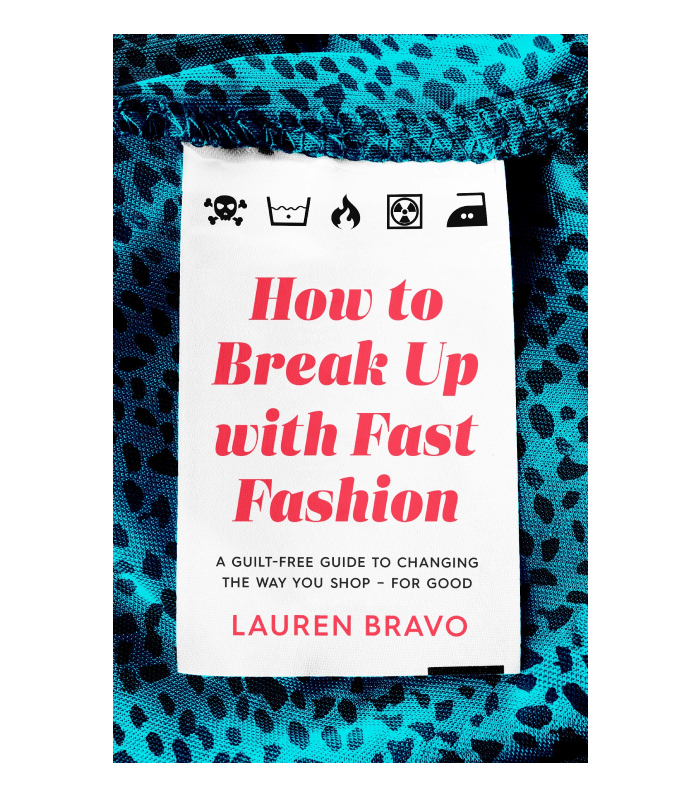5 Ways You Can Make Your Clothes Last Longer (and Save Money)

How to care for your clothes: It appears to be a concept that many of us still struggle to define, but all is not lost. Despite Marie Kondo helping us to spark joy, we still have a lot of stuff in our wardrobes—and stuff we rarely wear. In journalist and sustainability advocate Lauren Bravo’s book How to Break Up With Fast Fashion, she revealed that in 2019 alone, the UK spent an estimated £2.7 billion on clothes that only got worn once. That’s quite the sobering statistic.
Adding to this, there’s nothing quite like a cost-of-living crisis to really make you double down on sensible purchases and making what you already own go that little bit further. For those of us who love fashion, we know that it can, at times, make you feel overwhelming guilt and shame about the textile bounty you’ve amassed. (We have a TikTok contributor, Andrea Cheong, who is great at helping guide us to the most worthwhile purchases online.) But instead of feeling bad, why not think about how you can make the stuff you actually love last longer?
I spoke to Bravo about her best tips for looking after your clothes the right way. Not only will this mean you’ll shop less (say hello to a healthier budget), but you’ll also be chucking away less stuff, which, in turn, will mean you’re helping the environment, as it won’t end up in the carbon emission producing landfill. Keep scrolling to see her brilliant tips.
1. WASH LESS
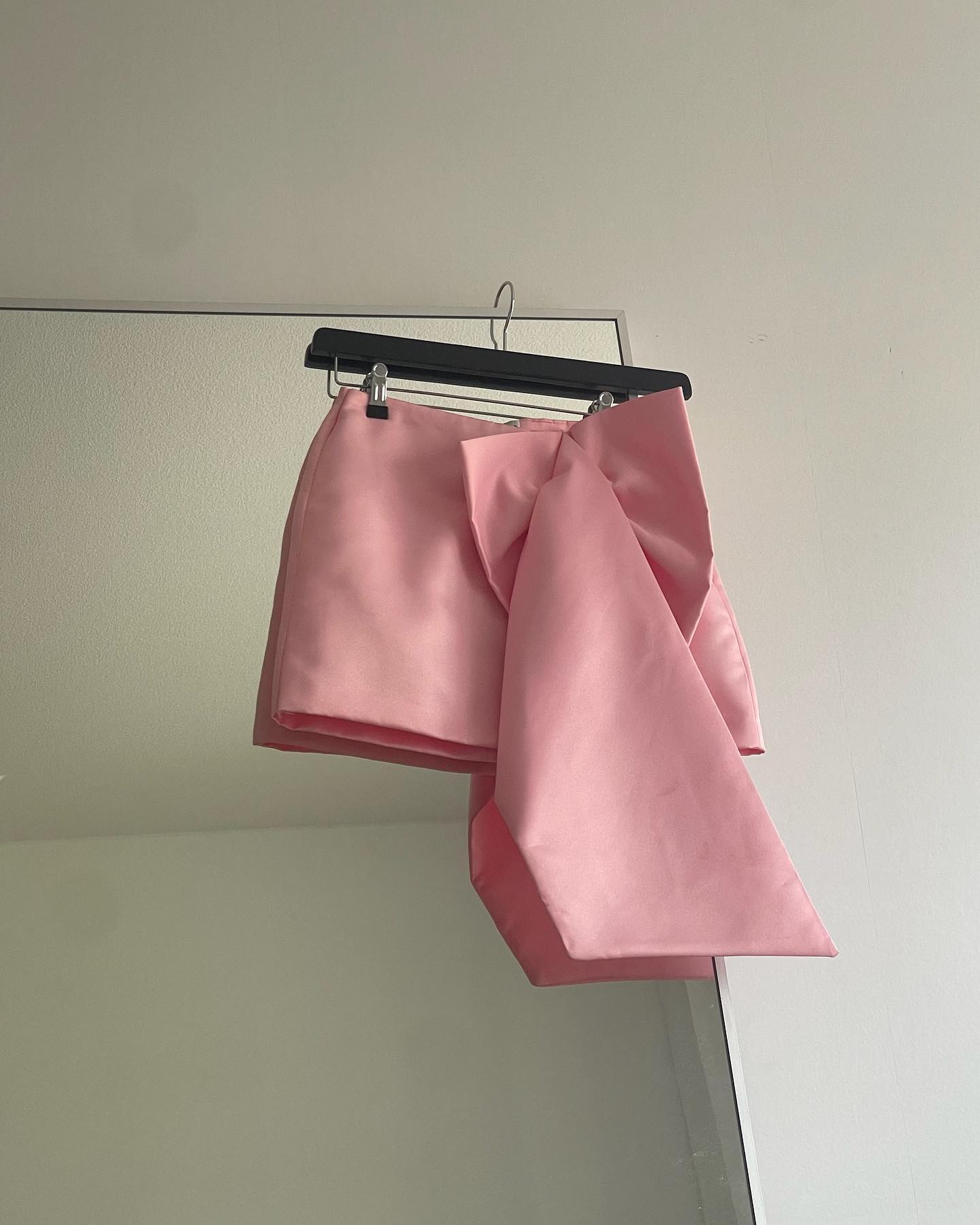
"However much money you spend on your clothes, you should always be able to wash them and they should be able last,” says Bravo. "It shouldn’t be the case that only expensive clothes last, as that’s not feasible for so many people.”
One of the easiest things to do, Bravo tells me, is "wash clothes less.” Today, we’re so obsessed with keeping things clean that we think we have to wash something after one wash, but that’s not the case. Unless it smells or it’s really filthy, sometimes just a spot wash will do, she recommends.
When you wash clothes, always wash at 30ºC (unless you’re having to sterilise them such as with baby clothes) and put them in a guppy bag to prevent microfibres from making their way to the ocean. These are tiny plastic particles that end up being consumed by fish and can travel up the food chain to us as well.
Another big tip is to avoid tumble drying altogether, if possible. Bravo tells me that it leaves a huge carbon footprint. "Washing and drying a load of laundry every two days … is equivalent to flying from London to Glasgow and back with 15-mile taxi rides to and from the airport.”
Sometimes, clothes just need a bit of a refresh and your coats do need to be properly dry-cleaned every season. Hang your items that are not yet fully ready for a machine wash up on a clothing line or on a radiator, or buy a bottle of Day 2 spray, which will make your garments smell better. Below, you’ll find plenty of products to help keep your clothes feeling great in between washes.
Shop smart washing buys and clothing refreshers:
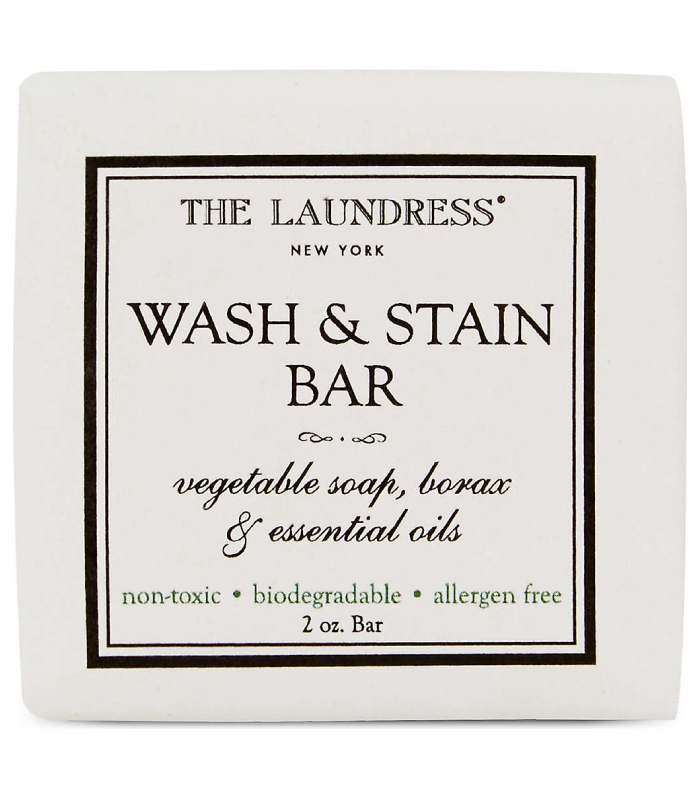
An airplane-friendly bar you can travel with as well as use for concentrated stain mishaps at home—genius.
2. STORE CORRECTLY

It’s difficult to store all your clothes well, especially if your wardrobe runneth over. There are a few handy tips that will help:
1. Invest in some cedar wood balls to keep out the moths will help keep those pesky cashmere holes at bay.
2. Remember that any storage needs to be breathable, so don't keep your pieces wrapped up in the kind of plastic covers that are dished out at the dry cleaners! Fabrics do require circulated air for longevity.
3. Don't over-stack your hangers. It can lead to mishaped shoulders and necklines.
4. Cashmere jumpers should be folded, not hung up to save them from stretching. We also have a guide for the full lowdown on how to care for your cashmere specifically.
5. Try to keep direct sunlight away from your clothes, as this will alter their colour over time. So if you've got an open wardrobe, consider a gauze curtain or decent window coverings.
Plus, it’s also worth remembering that just a steam or a de-bobble works wonders for your cotton pieces and favourite jumpers.
Shop clever wardrobe storage items:
3. REPAIR BUTTONS AND HEMS

Now, onto the repairing side of things. I asked Bravo to ease me in slowly. For starters, what are the easiest bits to repair? Hems and buttons were her replies. If you feel intimidated, don’t be—this doesn’t mean you have start filling in your application for The Great British Sewing Bee. All you really need is a decent pair of scissors and a modest sewing kit.
"My biggest secret is Wunderweb,” says Lauren. "It’s so handy for if you’re feeling lazy and don’t want to sew by hand. Essentially, it’s a glue tape that you can use to re-hem—or even take up—trousers and skirts. I don’t even bother with an iron. I use my hair straighteners to do it.”
As for buttons, all you need is a basic needle and matching thread for your garment. Bravo suggests looking up YouTube tutorials to find great guides on how to do it. But perhaps her biggest tip here is to remember that it "doesn’t have to look perfect.” All that matters is that it looks good to you.
Shop essentials for basic mending:
4. FIX UP TEARS
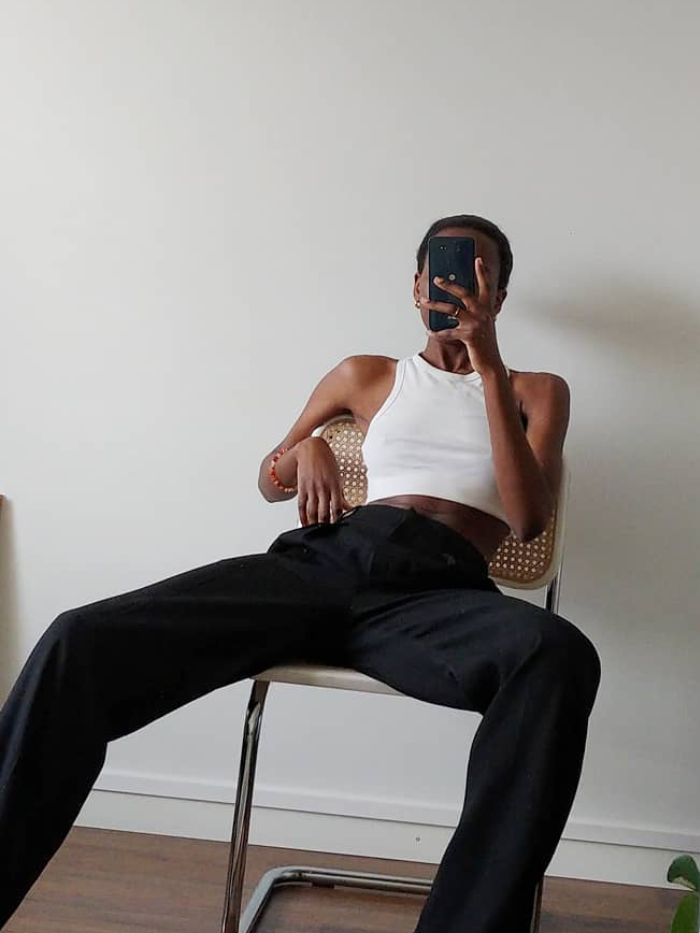
Okay, so here’s where things get a little more technical, but you’ve made it this far, so keep going. Personally, I’ve had a pair of jeans with a big rip in them (on the right thigh on the front) that I didn't know what to do with. Bravo suggests mending them by adding a patch over the top and making it a key feature of the garment.
But there are other options as well. One is a movement from Japan called Shashiko, which is predominantly about repairing denim with white thread. Bravo tells me that this is to show how mending something can be beautiful and celebrated and made part of the garment’s story.
Finally, you could always cover up the "offending” areas with an embroidered patchwork. Bravo loves the Stay Home Club’s pieces, which you can iron on. Keep scrolling for everything you might need to get a bit more technical with your repairs. Remember: There’s always YouTube to help guide you through.
Shop tear-repair essentials:
5. IF IT'S COMPLETELY UNSALVAGEABLE, GET CREATIVE
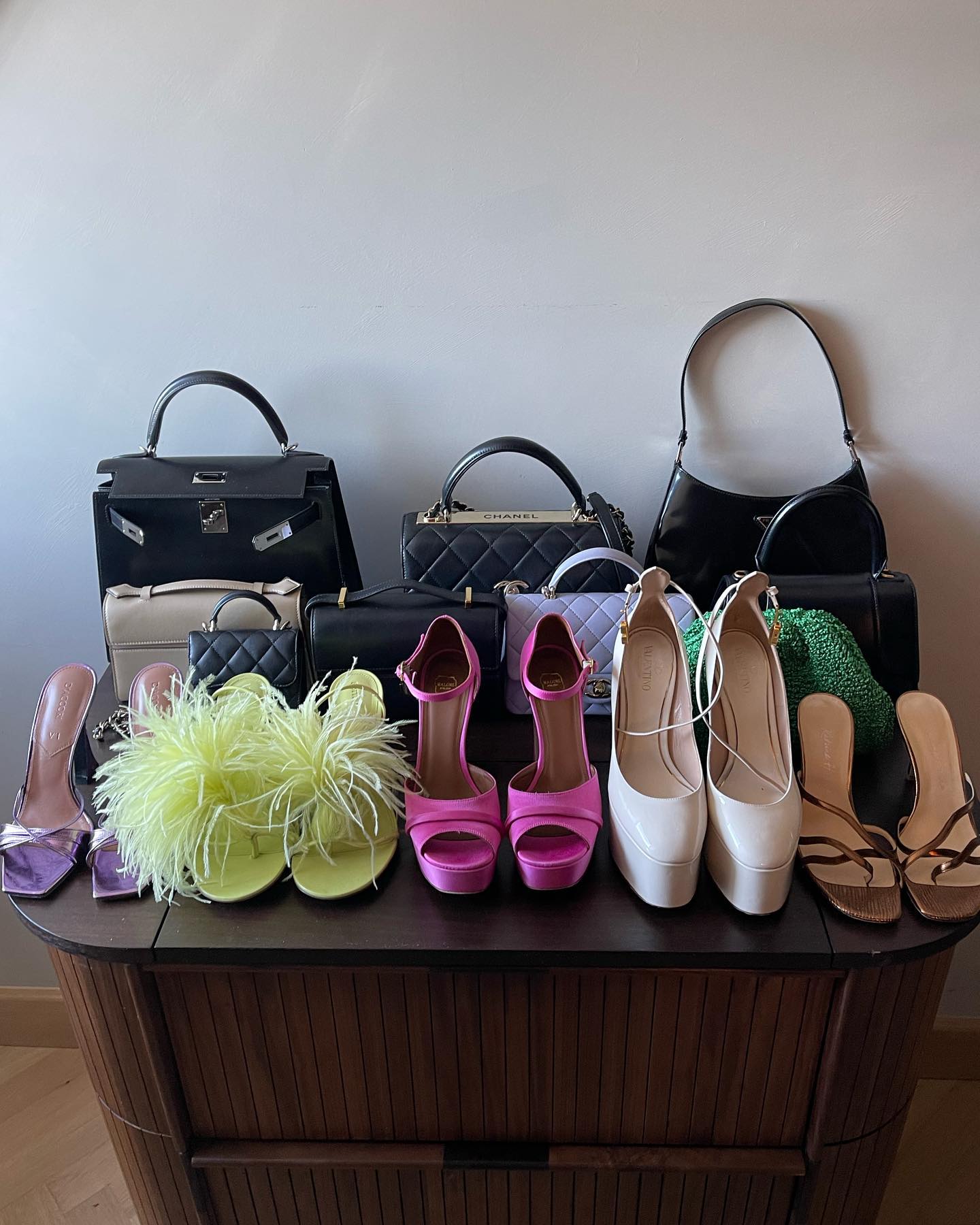
There are, of course, instances where a piece of clothing isn’t salvageable. For example, if there’s a stain that won’t come out. For that, Bravo suggests experimenting with tie-dye. "Everyone went crazy for it in lockdown, and it plays into the ’90s style trend too.” If you have a lighter garment that has been stained beyond a shadow of a doubt, then you can always consider throwing it into the washing machine with a darker-coloured dye and changing the look of the piece altogether. Remember to look at fabric composition before you choose your dye (some fibres won't hold the colour) and giving your machine a very thorough rinse afterwards. Or, you can hand-dye pieces in a giant tub!
If you're crafty, you could consider alterations or take an item to your local tailor for a refresh such as turning a maxi dress with a destroyed hemline into a midi. However, Bravo reminds me that you want to take it slowly as you don’t want to end up having cut too much off: "It takes bravery, but always cut off less than you need.” If you want to be inspired, I'd suggest checking out the label Fanfare, as they specialise in a circular approach, recycling and repurposing existing garments or fabrics into new pieces.
There are now various startup business that want your scrap fabric! For starters, check out reGAIN—an app that incentivizes recycling your clothing by turning your unwanted pieces into discount coupons.
Finally, she says, "If something is completely unsalvageable, keep your fabric and use it as wrapping paper, use scraps for cleaning or even make some scrunchies. There are so many ways you can still use them.”
Shop dyeing basics:
Next up, the second-hand trends you can try for autumn.
This story was published at an earlier time and has since been updated.

Elinor Block was one of the earliest team members ofBest Knockoff Luxury Clothing UK, starting her tenure working across bothBest Knockoff Luxury Clothing and Byrdie, which were owned by the original parent company, Clique, at the time. Her specialism in fashion and beauty established her multifaceted role as Assistant Editor, which she developed over six years from 2016 to 2022 to become Deputy Editor. She is now the Head of Editorial at fashion tech company Drest.
